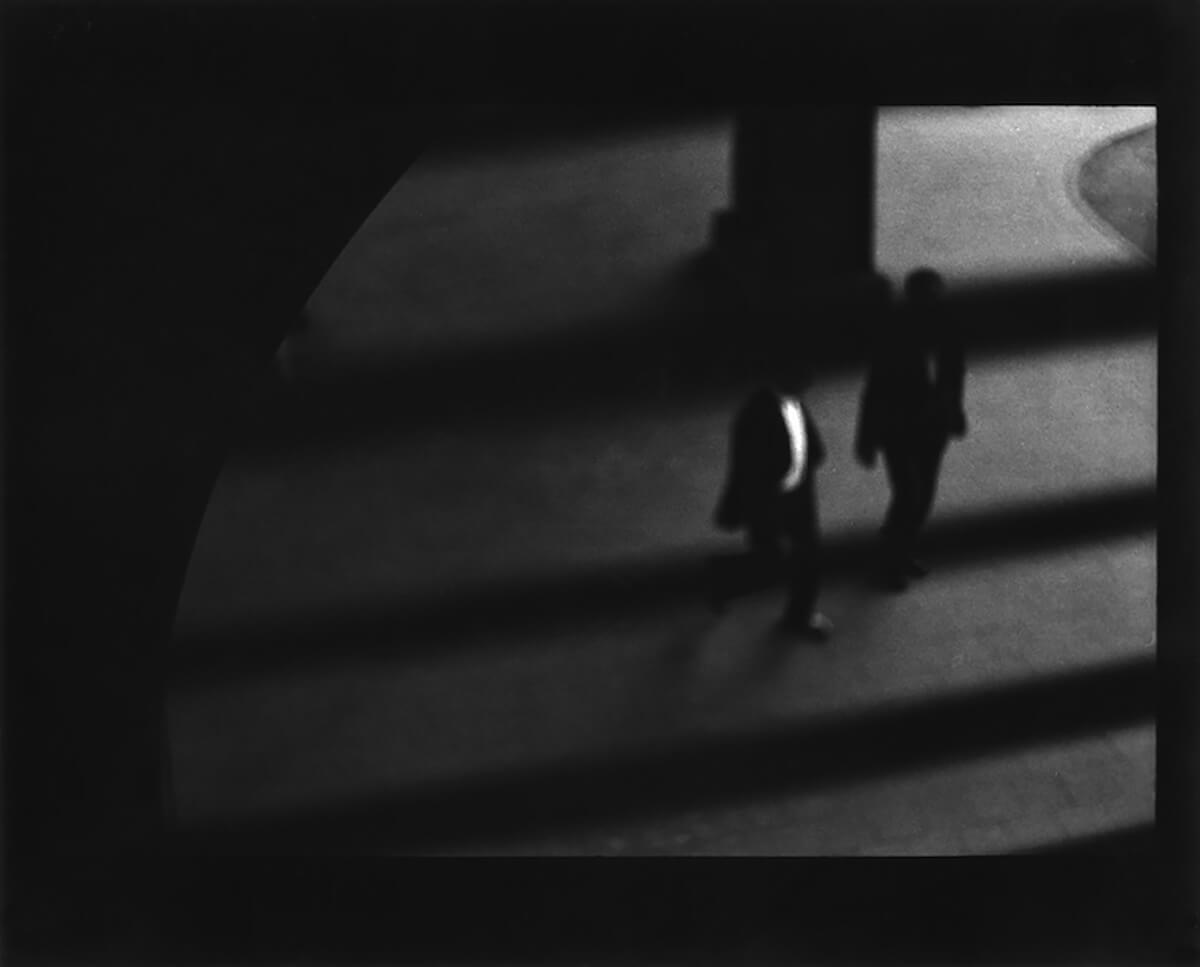Giacomo Brunelli (b. Perugia, Italy, 1977) graduated with a degree in International Communications in 2002.
His series on animals has been exhibited widely with shows at The Photographers’Gallery, London (Uk), Galerie Camera Obscura, Paris (France), Format Festival, Derby (Uk), Robert Morat Galerie, Hamburg (Germany), Noorderlicht Photofestival (The Netherlands), Athens Photo Festival (Greece), Daegu PhotoBiennal (South Korea), Angkor PhotoFestival (Cambodia), BlueSky Gallery, Portland (Usa), The New Art Gallery Walsall (Uk), Griffin Museum ,Boston (Usa), StreetLevel Glasgow (Uk), Photofusion, London (Uk), Arden & Anstruther Petworth (Uk), Galleria Belvedere Milan (Italy), Fotofestiwal Lodz (Poland) and Boutographies, Montepellier (France).
The work has won the Sony World Photography Award, the Gran Prix Lodz, Poland and the Magenta Foundation “Flash Forward 2009”. It has also been featured widely in the art and photography press including The Guardian (Uk), Harper’s Magazine (Usa), Eyemazing (Holland), European Photography (Germany), B&W Magazine (Usa), Creative Review (Uk), Foto&Video (Russia), Images Magazine (France) Photographie (Germany), Katalog (Denmark), AdBusters (Canada), FOTO (Sweden) and FOTOGRAFI (Norway). His work is in the collection of Museum of Fine Arts Houston, The New Art Gallery Walsall, Uk Kiyosato Museum of Photographic Arts and Portland Art Museum, Usa.
“The Animals”, his first monograph, was published by Dewi Lewis Publishing in 2008. In 2012, he was commissioned by The Photographers’Gallery to do a project on London that will be shown there in March 2014.
Interview with Giacomo Brunelli:
All About Photo: When did you realize you wanted to be a photographer?
I remember when more that 10 years ago, I found my father's camera in a drawer and immediately wanted to be able to use it. Did't know exactly to do what but since then I have been using it to shoot my ideas."
Where did you study photography?
"I graduated in Communications in 2002 and attended a six month course in photojournalism in Rome."
Do you remember your first shot? What was it?
"I don't remember my first shot but I started shooting people, lanscapes and animals since the beginning. I have been soon fascinated by the idea of being outside taking pictures of what you like."
What or who inspires you?
I take inspiration from exhibitions, books, walks, stories and music."
How could you describe your style?
Street Photography."
What kind of gear do you use? Camera, lens, digital, film?
"Since the very beginning, I have been using a Miranda Sensomat 35mm, a japanese film camera from the '60. Although I have tried the 28mm and 135mm when I started, I use the 50mm lens only and 1.8 1/500 as combination diaphragm/shutter speed. For a recent commission I got from The Photographers'Gallery two years ago on London, I started using 1/1000 also. Regarding the film, I like Kodak Tri-x 400 and I print the images myself in my darkroom on Agfa Fiber Based paper."
Do you spend a lot of time editing your images? For what purpose?
"Editing is crucial and I love spending time looking at my images as a body of work and select the ones I feel are the strongest to communicate my vision."
AFavorite(s) photographer(s)?
"I grew up looking at the great masters such as Lartigue, Muybridge, Giacomelli, Frank, Klein and Winogrand so I think I have been deeply influenced by the way they managed to express their own ideas through photography."
What advice would you give a young photographer?
"Developing a coherent body of work takes time and energy; I would say just be prepared to work hard."
What mistake should a young photographer avoid?
"Not to be patient."
Your best memory as a photographer?
Publishing "The Animals" (Dewi Lewis Publishing, 2008) has been great, seeing your pictures taking the form of a book is fantastic."
Your worst souvenir as a photographer?
"In 2005 I left my camera and my own things in a taxi in Bratislava."
Selected Books on

